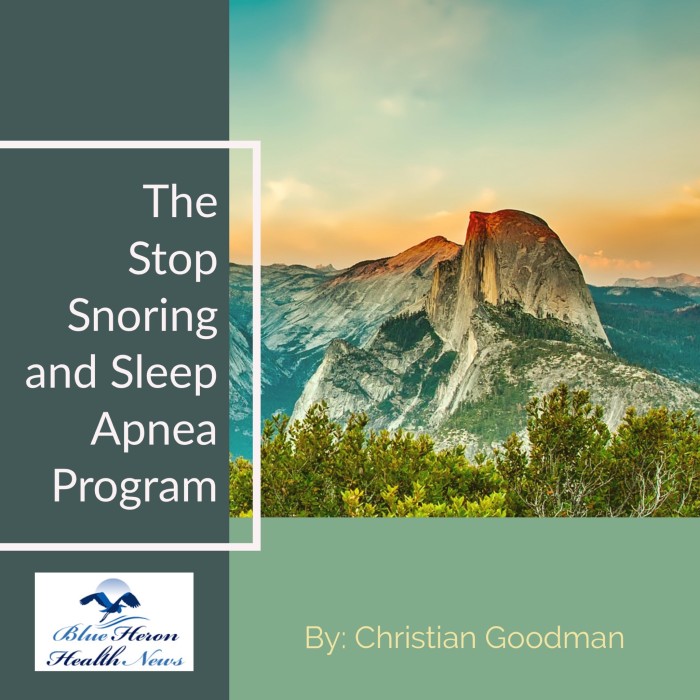Types of Sleep Apnea
There are three main types of sleep apnea, each characterized by different underlying causes and patterns of breathing interruptions. The three types are:
1. Obstructive Sleep Apnea (OSA)
Definition:
- Obstructive Sleep Apnea (OSA) is the most common form of sleep apnea. It occurs when the muscles in the throat relax excessively during sleep, causing a partial or complete blockage of the upper airway. As a result, breathing is interrupted or reduced.
Causes:
- OSA is caused by physical obstructions in the airway. This may occur due to relaxation of the throat muscles, excess weight, enlarged tonsils, or a small airway.
Characteristics:
- During an apnea episode, the person’s airway becomes blocked, leading to pauses in breathing. The brain senses the drop in oxygen and briefly wakes the person up so they can reopen their airway. This cycle can occur multiple times during the night, though the person may not always be aware of the awakenings.
Symptoms:
- Loud snoring
- Gasping or choking sounds during sleep
- Pauses in breathing observed by a bed partner
- Excessive daytime sleepiness (due to frequent interruptions in sleep)
- Morning headaches
- Difficulty concentrating
- Irritability
Risk Factors:
- Obesity or being overweight
- A large neck circumference
- Older age
- Male gender (though women’s risk increases after menopause)
- Family history of OSA
- Smoking and alcohol use
- Nasal congestion or obstruction
2. Central Sleep Apnea (CSA)
Definition:
- Central Sleep Apnea (CSA) is less common than OSA and occurs when the brain fails to send the appropriate signals to the muscles that control breathing. Unlike OSA, the airway is not blocked, but the brain’s failure to regulate breathing causes pauses in airflow.
Causes:
- CSA is typically related to medical conditions that affect the brainstem (the part of the brain that controls breathing) or heart.
- Heart failure, stroke, brain injury, and neurological disorders can all lead to CSA.
- Certain medications, particularly opioids, can also suppress the central nervous system and lead to CSA.
- CSA can also occur at high altitudes due to reduced oxygen levels.
Characteristics:
- Unlike OSA, the person with CSA experiences breathing pauses not due to an airway blockage but due to a lack of respiratory effort. The brain simply does not signal the muscles to breathe for brief periods.
Symptoms:
- Episodes of stopped breathing during sleep
- Difficulty staying asleep (insomnia)
- Shortness of breath during sleep
- Excessive daytime sleepiness
- Fatigue
- Morning headaches
Risk Factors:
- Congestive heart failure
- Stroke or neurological conditions
- Opioid use
- Sleeping at high altitudes
- Older age
3. Complex Sleep Apnea Syndrome (Mixed or Treatment-Emergent Central Sleep Apnea)
Definition:
- Complex Sleep Apnea Syndrome, also known as treatment-emergent central sleep apnea or mixed sleep apnea, is a combination of both obstructive and central sleep apnea. It typically occurs when a person initially diagnosed with OSA is treated with continuous positive airway pressure (CPAP) therapy, and central sleep apnea episodes emerge during treatment.
Causes:
- This type of sleep apnea begins as OSA, but after treatment (typically with CPAP therapy), central sleep apnea episodes develop due to changes in how the brain regulates breathing.
Characteristics:
- Individuals may initially have episodes of obstructive sleep apnea but begin to experience central sleep apnea episodes once the airway obstructions are treated.
Symptoms:
- Symptoms may be similar to both OSA and CSA, including pauses in breathing, snoring, and disrupted sleep. The development of central apneas during CPAP therapy is a key indicator of this condition.
Risk Factors:
- Use of CPAP therapy for obstructive sleep apnea
- Underlying heart or neurological conditions
Summary of Differences Between the Types
| Type of Sleep Apnea | Cause | Airway Obstruction? | Symptoms | Common in |
|---|---|---|---|---|
| Obstructive Sleep Apnea (OSA) | Throat muscles relax, blocking the airway | Yes | Snoring, choking, gasping, daytime sleepiness | Overweight individuals, men, older adults |
| Central Sleep Apnea (CSA) | Brain fails to signal breathing | No | Pauses in breathing, insomnia, fatigue | Heart failure, neurological conditions |
| Complex Sleep Apnea Syndrome | Combination of OSA and CSA | Both | Symptoms of OSA initially, followed by CSA episodes after CPAP | Individuals using CPAP |
Each type of sleep apnea requires a different approach to diagnosis and treatment. OSA is usually treated with CPAP therapy or lifestyle changes, while CSA often requires addressing the underlying medical conditions and may involve different respiratory support. Complex sleep apnea may need adjustments in CPAP therapy or alternative treatments.

The Stop Snoring And Sleep Apnea Program™ By Christian Goodman The Stop Snoring and Sleep Apnea Program is a well-researched program created to help stop snoring and sleep apnea so that you can have a good night sleep. The techniques that you will learn from this program works immediately. It will only take you 3-7 minutes to perform these simple exercises that the author has recommended but the results that you will get will help you have a good night sleep as soon as tonight. Within a week, snoring will be a thing of the past.
